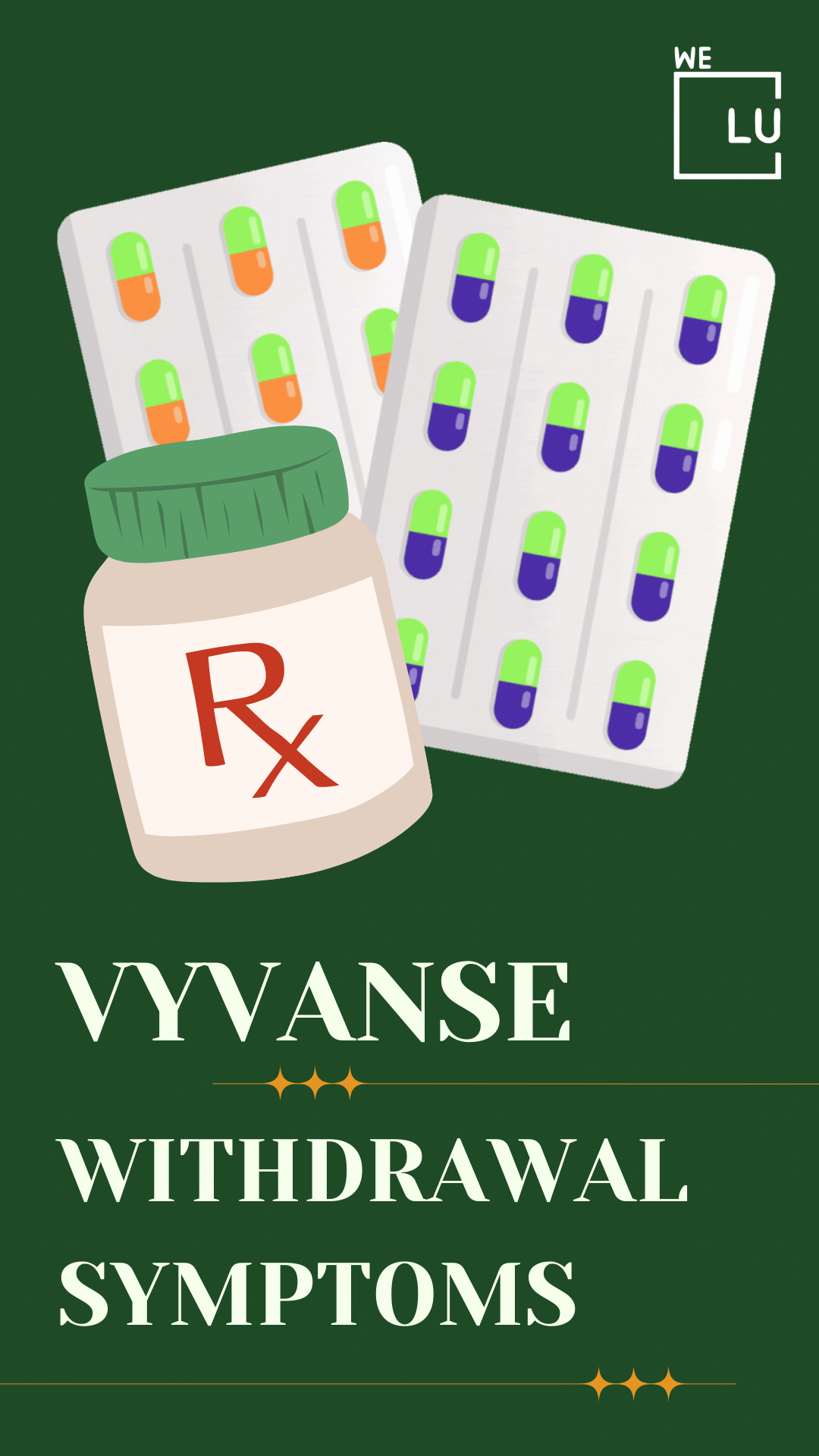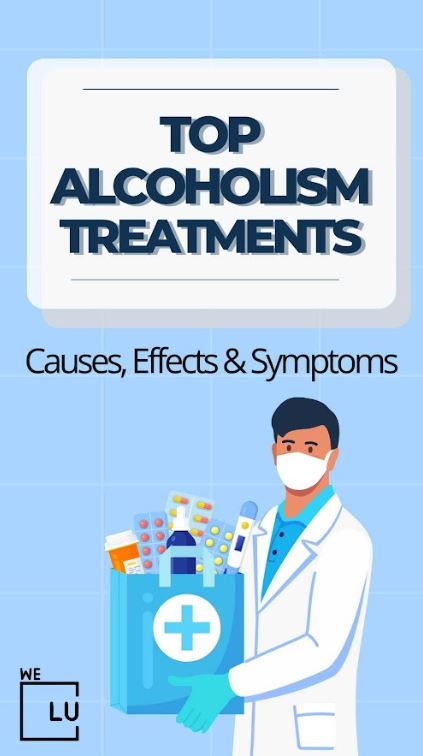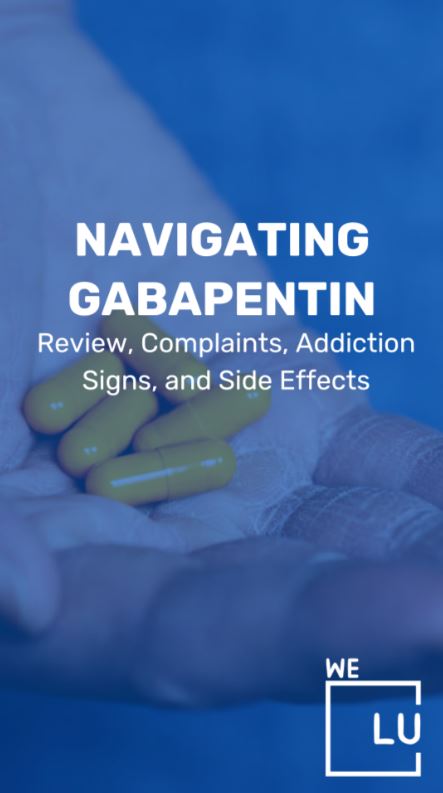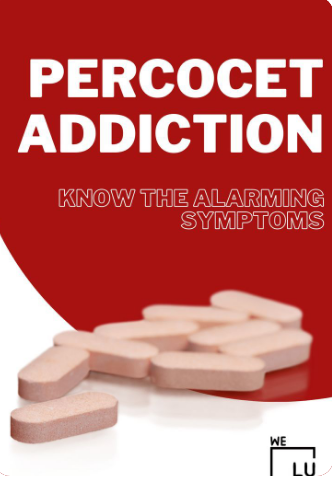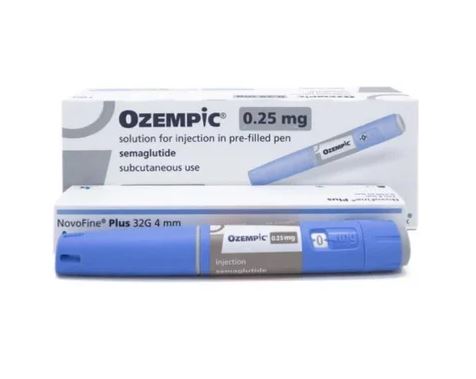How Long Does LSD Stay in Your System?
The half-life of LSD is around 5.1 hours. The effects can last up to 12 hours. Research has found that peak levels following a single dose occur at a median of 1.5 hours after administration. After peaking, drug levels decline and reach half of the peak levels at approximately 3.6 hours after administration, but the drug’s effects can last up to 12 hours.
Once orally ingested, LSD is rapidly absorbed through the gastrointestinal (GI) tract and mucous membranes. The substance reaches the organs and bloodstream quickly, about 10 to 15 minutes after being taken. LSD is usually processed by the liver, where it is metabolized into several other inactive metabolites.
Within 24 hours, almost all the substance has been metabolized and removed. Approximately 13% of LSD is excreted as a metabolite 2-oxo-3-hydroxy-LSD (O-H-LSD). Research suggests that this byproduct is found in urine samples at concentration levels 16 to 43 times higher than LSD. Researchers have tried to develop different ways for detecting LSD, but the fact that the drug is broken down so quickly, unstable, and usually taken in relatively small amounts presents challenges.
What is LSD?
Lysergic acid diethylamide (LSD) is a potent psychoactive drug synthesized from ergot, a fungus that commonly grows on rye and other grains. Its hallucinogenic properties are so powerful that people measure their dosage in micrograms. As little as 25ug to 75ug (microdosing LSD), which users describe as a “mild experience,” can cause visual hallucinations, while a 700-1000ug can induce a “full out-of-body-experience.” The US Drug Enforcement Agency classifies LSD as an illegal Schedule 1 controlled substance, which is very likely to be abused and has no documented use in medical treatments.
LSD is usually sold as small tablets, capsules, or liquids. A solution of liquid LSD is typically added to blotter paper and divided into decorated squares. LSD is almost always taken orally, but it may also be used via other routes, such as being dropped into the eye. Over the years, various street names have been used for the drug, including blotter acid, Dots, Mellow Yellow, Window Pane, and Yellow Sunshine.
How Long Does LSD Stay in Urine?
Because of its short half-life, LSD can be detected in the urine for up to eight hours. This detection window is shorter than that of many other drugs. For instance, marijuana can be detected in the urine of heavy cannabis users for up to two months after the last use.
Does LSD show up on drug tests? Upon consumption, LSD breaks down into 2-oxo-3-hydroxy-LSD, a major metabolite of the drug that can be found in urine. Studies have shown that 2-oxo-3-hydroxy-LSD metabolites remain present in urine at concentrations 16 to 43 times greater than LSD. On average, 2-oxo-3-hydroxy-LSD has a half-life of 12 hours and can be detected in the body for up to five days.
How Long Does LSD Stay in Your Blood?
Does LSD show up in a drug test? In one study, researchers found that LSD was detectable in blood samples taken 16 hours after participants had been given 200 micrograms of LSD. For those given a smaller dose of 100 micrograms, researchers detected the substance in blood tests eight hours after ingestion. Because levels decline steadily over time, the ability to detect LSD drops considerably after the 16-hour mark.
How Long Does LSD Stay in Your Saliva?
How to test LSD? “Drug test for LSD” such as saliva lab tests, are also known as swab tests and are usually administered for more common drugs. Remember that LSD detection requires more specialized techniques, meaning that saliva drug screens are rarely used. However, if the saliva sample is specially tested, the detection time would be similar to that of blood: approximately 8 to 16 hours. Using this method to test for LSD is still notoriously unreliable, even more so than hair testing.
How Long Does LSD Stay in Your Hair?
Does LSD show up on drug tests? This particular lab test is unique because it can detect drugs consumed long ago, usually within the past 90 days. Furthermore, by analyzing the growth rate and the position of the drug traces within the hair shaft, it’s possible to estimate when the drug was used.
However, LSD is especially challenging to detect in LSD on drug tests for hair due to its low concentrations. Remember, doses of LSD are measured in micrograms instead of milligrams, meaning that the range of active doses is hundreds of times smaller than other drugs. As a result, this is not a standard lab test for LSD, and it’s not always entirely clear how long the LSD will be detected in the hair.
Furthermore, although they are inaccurate, specialized tests are necessary to perform the analysis. For example, a peer-reviewed paper indicated that these hair tests were able to detect LSD only 2 out of 17 times. This means that they were only accurate about 12% of the time. Furthermore, using pubic hair to detect LSD was even less reliable due to constant contamination by urine.
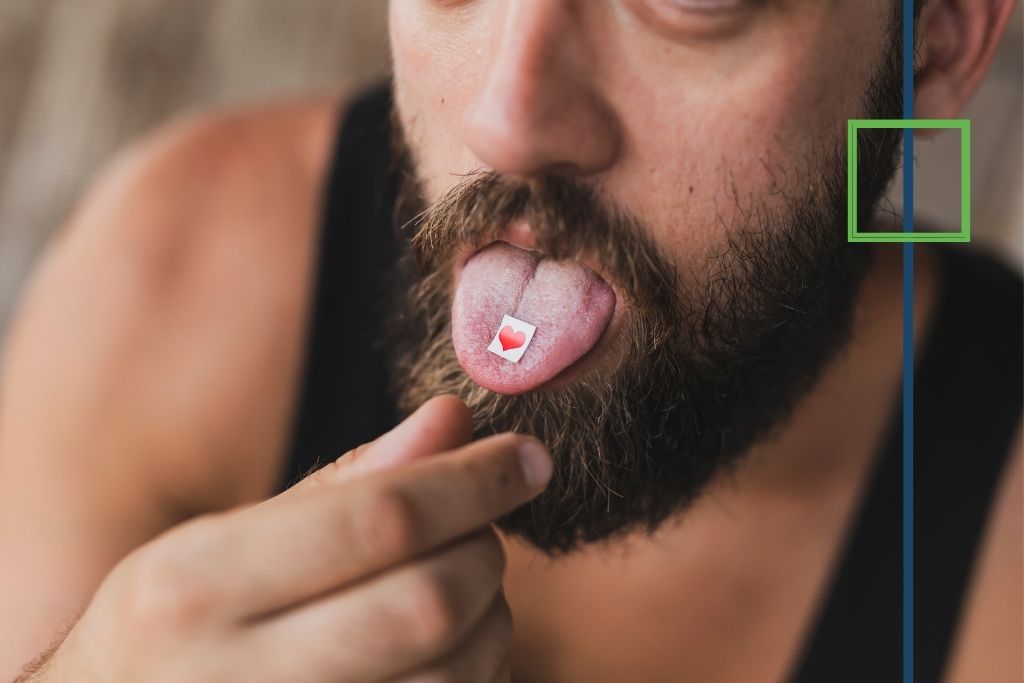
Skip To:
Learn More:

Get Your Life Back
Find Hope & Recovery. Get Safe Comfortable Detox, Addiction Rehab & Mental Health Dual Diagnosis High-Quality Care at the We Level Up Treatment Centers Network.
Hotline (877) 378-4154LSD Abuse Statistics
Individuals of all ages use LSD. Data reported in the National Household Survey on Drug Abuse indicate that an estimated 20.2 million U.S. residents aged 12 and older used LSD at least once in their lifetime. The survey also revealed that many teenagers and young adults use LSD–742,000 individuals aged 12 to 17 and 4.5 million individuals aged 18 to 25 used the drug at least once.
5.5+ million people
An estimated 5.5+ million people in the U.S. used hallucinogens in the past year, in 2019
Source: NIDA
4 %
LSD use between 2002 and 2019 increased overall and in all age groups, with the past 12-month rate increasing from 0.9 percent in 2002 to 4 percent in 2019
Source: NIDA
56.4%
LSD use in the US jumped 56.4% from 2015 to 2018
Source: NCBI
LSD Drug Fact Sheet
What is LSD?
LSD is a potent hallucinogen that has a high
potential for abuse and currently has no accepted
medical use in treatment in the United States.
What is its origin?
LSD is produced in clandestine laboratories in the
United States.
What are common street names?
Common street names include:
- Acid
- Dots
- Mellow
- Yellow
- Window Pane
What does it look like?
LSD is an odorless and colorless substance with
a slightly bitter taste. LSD is available in saturated
absorbent paper (e.g., blotter paper, divided
into small, decorated squares, with each square
representing one dose), tablets or “micro dots,”
saturated sugar cubes, or in a liquid form.
How is it abused?
LSD is abused orally.
What is its legal status in the United States?
LSD is a Schedule I substance under the
Controlled Substances Act. Schedule I
substances have a high potential for abuse, no
currently accepted medical use in treatment in the
United States, and a lack of accepted safety for
use under medical supervision.
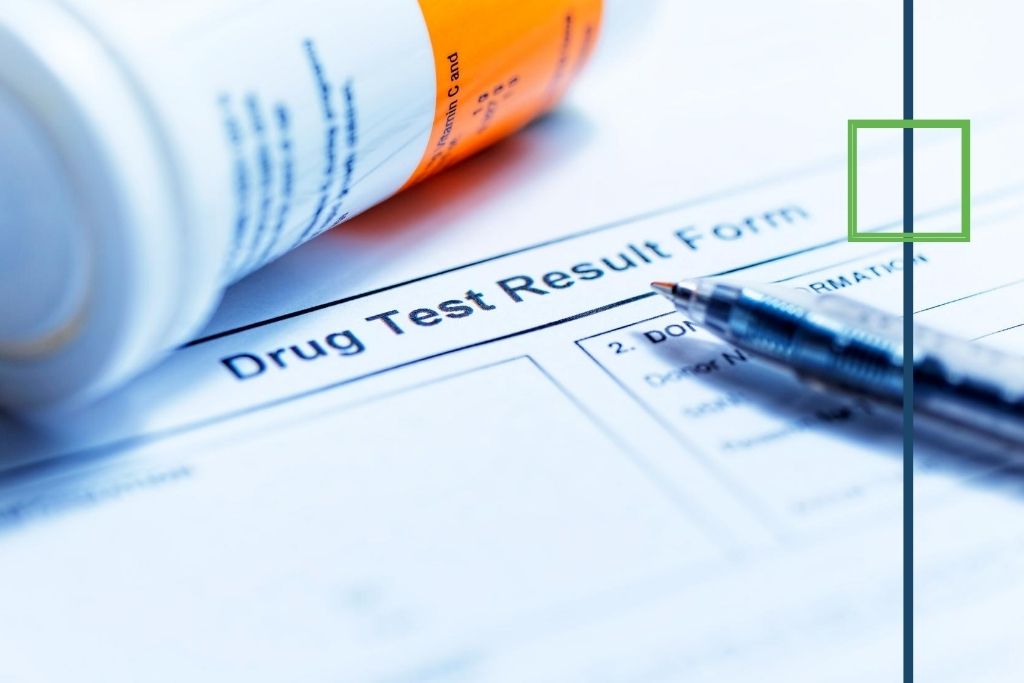
LSD Effects
LSD works by activating serotonin receptors by stimulating the serotonin (brain chemical) production in the cortex and deep structures of the brain. These serotonin receptors help visualize and interpret the real world. The additional serotonin allows more stimuli to be processed than usual.
The brain filters out irrelevant stimuli, but with LSD, this is not the case. This overstimulation causes changes in perceptions, thoughts, attention, and emotions. These alterations appear as hallucinations. Sensations seem real, but they are hallucinations created by the mind.
The perceptions can involve one or more of the five senses. It can also cause the blending of the senses, known as synesthesia. Some people report “hearing” colors and “seeing” sounds. Users of LSD talk about good or bad “trips,” or experiences.
LSD Effects on Perception
LSD can trigger various perceptual changes, often relating to emotions, vision, touch, and thinking.
Mood changes may lead to bliss, euphoria, peacefulness, dreaminess, heightened awareness, or anxiety, despair, and confusion. There may be rapid mood swings.
Visual effects include brightened, vivid colors, blurred vision, distorted shapes and colors of objects and faces, and halos of light.
Changes related to touch include shaking, pressure, and lightheadedness.
Impact on thinking can lead to a distorted perception of time, either slow or fast, accelerated thoughts, terrifying thoughts or unusual insight, and a sense of transcendence.
LSD is odorless and colorless. A very small amount, similar to two grains of salt, is enough to produce the drug’s effects. The onset of hallucinations occurs within 60 minutes, lasting from 6 to 12 hours.
In addition to sensory and mood effects, LSD use may also result in the following:
- Delusions
- Dizziness
- Dry mouth
- Elevated body temperature
- Hallucinations
- Increased blood pressure
- Increased heart rate
- Loss of appetite
- Nausea
- Numbness
- Sleepiness
- Sweating
- Tremors
- Weakness
One long-term but the rare danger of LSD use is a condition called hallucinogen-persisting perceptual disorder (HPPD), in which flashbacks persist and produce impairment or distress for the user in social or occupational functioning. These symptoms include hallucinations and other visual distortions, such as halos or trails on moving objects.
Symptoms of HPPD can last from weeks to years before resolving on their own, and there is no widely recognized treatment. In some cases, HPPD is severe, long-lasting, and has a significant negative effect on other aspects of a user’s life.
Get Help. Get Better. Get Your Life Back.
Searching for Accredited Drug & Alcohol Rehab Centers Near You? Or Mental Health Support?
Even if you have failed previously, relapsed, or are in a difficult crisis, we stand ready to support you. Our trusted behavioral health specialists will not give up on you. Call us when you feel ready or want someone to speak to about therapy alternatives to change your life. Even if we cannot assist you, we will lead you wherever you can get support. There is no obligation. Call our hotline today.
FREE Addiction Hotline – Call 24/7How Long Do the Effects Last?
When using LSD, the effects usually last 6-12 hours, depending on how much was taken, how it was taken, and the person’s age, weight, tolerance, metabolism, and liver condition. However, residual effects, known as “afterglow” effects, can be experienced for another six hours after the trip. From the initial trip to the comedown, the system may not return to its normal for up to 24 hours. Residual traces of this drug can be detected in urine for up to five days and in hair follicles for up to 90 days after ingestion.
The main reason for the long “trip” time is how the molecules bind to serotonin receptors. They create a more powerful bond than serotonin itself. An extracellular lid creates a cover for the binding pocket to keep LSD molecules trapped inside. Since the interaction of LSD with serotonin receptors is what produces an intense acid trip, the strong binding capacity of LSD leads to a long psychoactive and hallucinogenic experience.
Contrary to popular belief, a “trip” can be stopped early. Some people experiencing “bad trips” take antipsychotic medication, antidepressants such as benzodiazepines such as diazepam and lorazepam, or trazodone. These are referred to as “trip killers” because they can significantly reduce or even stop the effects of psychoactive drugs such as DMT, psilocybin, and LSD.
How Long Does it Take for LSD to Kick In?
How long it takes to start feeling the effects of LSD can vary for several reasons, such as age, weight, and tolerance. However, according to studies, the most common factors include the amount taken and how LSD is ingested.
Here are some examples:
- 100-250 micrograms via oral ingestion – When taken orally, 100-250 micrograms of LSD or “acid” can begin being felt within 30 minutes. The peak effects begin being felt in one to two hours.
- 100-250 micrograms via intramuscular injection – While most people ingest LSD orally on paper tabs when injected into the muscle, the effects begin being felt more quickly in only 15 minutes. The peak effects occur within one hour.
- 40-180 micrograms via intravenous injection – Taking LSD intravenously is less common, and the effects are felt almost instantly. Similar to intramuscular injection, the peak effects begin being felt in about one hour.
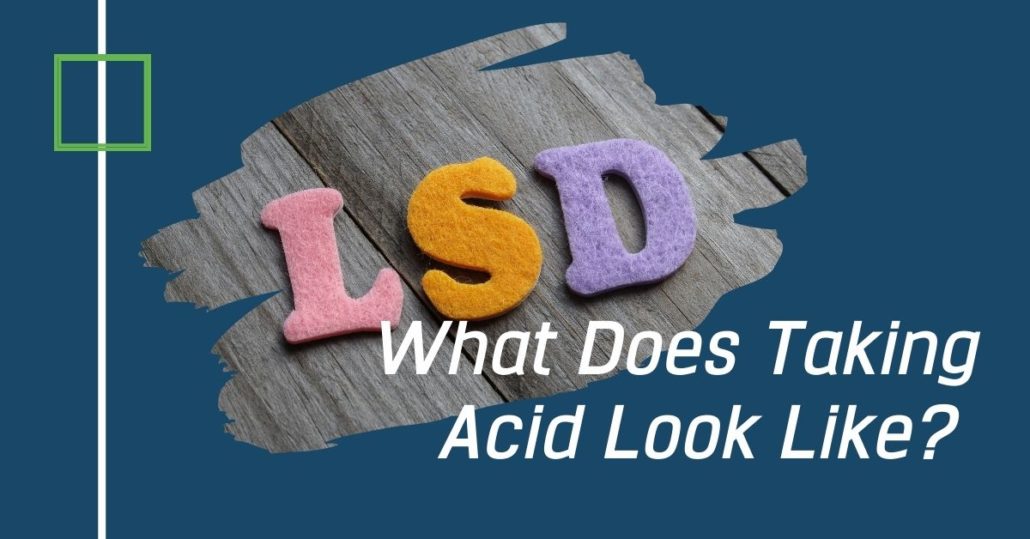
LSD Drug Test
What is LSD test? Will LSD show up on a drug test? Technically, if you’re given a blood or saliva test within 24 hours of using acid or 36 hours for a urine test — it’s possible to test positive on a drug test. However, LSD will reach undetectable levels within the first 24 hours. Additionally, it’s exceedingly rare for drug tests to include reagents that test for LSD in the first place.
Does LSD show up on a drug test? Only specific LSD drug tests (usually saliva swabs) or more advanced professional LSD testing will be able to detect LSD in the first place. Traces of LSD can be present in hair samples for one to three months, but these types of drug test LSD are uncommon.
Can you drug test for LSD? Many factors can influence the detection of LSD, including a person’s age, overall health, and the amount of LSD they have taken. One of the most important factors in detection is the timing of the LSD screening test.
LSD Urine Test
When an individual consumes LSD orally, the liver transforms it into inactive compounds. In 24 hours, a person excretes only about 1% of LSD unchanged in the urine. There are various LSD tests in urine samples, but these techniques are not readily available. Most routine urine drug tests (LSD acid tests) will not detect LSD.
How to test for LSD in urine? Two techniques that researchers can use for LSD testing urine are liquid-liquid extraction and ultra-high-performance liquid chromatography-tandem mass spectroscopy (UHPLC-MS/MS). Studies have shown that some inactive byproducts of LSD are present in urine at concentrations 16–43 times higher than LSD. Researchers are uncertain how these findings can help detect LSD use, however.
Hair Test for LSD
Many hair samples are helpful in testing and can detect many drugs for up to 90 days after use. But when it comes to LSD drug use, there is not enough information to say how reliable LSD hair tests can detect it. One major difficulty that researchers have when using LSD in hair tests is that the drug is active at very low doses. If an individual had to take a higher dose to feel any effect, the drug might be easier to detect via a hair test LSD.
LSD Test Kits
LSD testing kits are a convenient way of identifying LSD. Over the last few years, a number of novel (new) drugs have been sold as LSD. The most infamous is a drug called 25I-NBOMe (“NBOMe” or “25I”), which appeared on the market in 2013. 25I is still occasionally around but has been largely replaced by other drugs, some of which are also in the NBOMe class.
Can you test for LSD? Test kits for LSD are a useful and important first line of defense against accidentally taking misrepresented drugs (drugs that are sold as one thing but actually contain another). A testing kit for LSD can also be used during drug testing programs to detect illicit use of LSD. Test kit LSD can help identify signs and symptoms of LSD abuse to provide early intervention and prevent help accidents. LSD tester kits are designed for use as a screening test for the detection of LSD.
First-class Facilities & Amenities
World-class High-Quality Addiction & Mental Health Rehabilitation Treatment
Rehab Centers TourRenowned Addiction Centers. Serene Private Facilities. Inpatient rehab programs vary.
Addiction Helpline (877) 378-4154Proven recovery success experience, backed by a Team w/ History of:
15+
Years of Unified Experience
100s
5-Star Reviews Across Our Centers
10K
Recovery Success Stories Across Our Network
- Low Patient to Therapist Ratio
- Onsite Medical Detox Center
- Comprehensive Dual-Diagnosis Treatment
- Complimentary Family & Alumni Programs
- Coaching, Recovery & Personal Development Events
LSD Risks
Using LSD carries some health risks and side effects. By interfering with normal serotonin signaling, LSD produces the following negative side effects:
- Increased blood pressure and heart rate
- Elevated body temperature
- Insomnia
- Dizziness
- Loss of appetite
- Dry mouth
- Excessive sweating
- Tremors
In addition to presenting physical risks, LSD has powerful effects on users’ mental states and can produce traumatic emotional reactions in some people, also called a “bad trip”. Symptoms of a bad trip can feel overwhelming to the user and may include the following:
- Severe anxiety
- Panic attacks
- Paranoia
- Rapidly changing emotions
- Feeling of detachment from one’s own mind and body
- Losing a grip on reality
- Fear of dying
- Aggressive or violent behaviors
- Suicidal thoughts
Taking LSD in a larger dose than expected or in an uncontrolled setting increases the risk of having a bad trip. LSD users with a family or personal history of psychosis or other severe mental disorders are also thought to be at greater risk of having a bad trip or developing other psychological problems. Abusers of LSD having a bad trip can behave in unpredictable ways that present a danger to themselves and others.

Is LSD Addictive?
The National Institute on Drug Abuse (NIDA) [3] explains that LSD is not addictive because it does not cause uncontrollable urges to use the drug repeatedly. LSD use over time, however, does cause tolerance in regular users. These users must increase their dose of LSD to recreate the same level of high that they previously experienced. Due to the unpredictability of the symptoms and side effects caused by LSD use, this is an unsafe habit.
LSD use does not result in physical dependence; therefore, physical withdrawal symptoms do not occur. Though psychological dependence is possible, frequent users do not experience cravings to use the drug. NIDA explains that inpatient and behavioral treatment options can be helpful for individuals who have developed persistent patterns of problematic drug use, which may include LSD. Particularly for individuals struggling with alcohol or other drugs in addition to LSD, participation in a treatment program can be very beneficial.
Taking any illicit substance like LSD is dangerous, even in a small amount. Given the illegality of LSD and other Hallucinogens, there is a high possibility for drug dealers to lace them with other illicit drugs like Fentanyl, Ketamine, or Meth. These contaminants are not only highly addictive but may cause a lethal overdose.
World-class, Accredited, 5-Star Reviewed, Effective Addiction & Mental Health Programs. Complete Behavioral Health Inpatient Rehab, Detox plus Co-occuring Disorders Therapy.
CALL (877) 378-4154End the Addiction Pain. End the Emotional Rollercoaster. Get Your Life Back. Start Drug, Alcohol & Dual Diagnosis Mental Health Treatment Now. Get Free No-obligation Guidance by Substance Abuse Specialists Who Understand Addiction & Mental Health Recovery & Know How to Help.
LSD Abuse Treatments
There is a strong link between mental health and LSD drug abuse. Individuals who struggle with mood disorders like depression and anxiety are more susceptible to developing an addiction to drugs or alcohol, often to self-medicate symptoms of their underlying mental health condition. These co-occurring disorders can make each other worse without proper treatment.
To determine the most effective ways to treat polysubstance, it’s crucial first to get an accurate assessment of all the symptoms. When a mental health professional has evaluated the symptoms, it may be determined that another form of mental condition is present and needs a particular type of treatment. Very often, some combination of psychotherapy, medication, and lifestyle changes are effective for coping with functional.
Detox Treatment in New Jersey Rehab Center
The first step in treatment is a medical detox. It will help you navigate the complicated withdrawal process but doesn’t address patterns of thought and behavior that contribute to drug abuse. Various treatment approaches and settings can help provide the ongoing support necessary to maintain long-term sobriety after you complete detox.
Cravings are very common during detox and can be challenging to overcome. This often leads to relapse. Constant medical care provided during inpatient treatment helps prevent relapse. Clinicians can provide the necessary medication and medical expertise to lessen cravings and the effects of withdrawals.
Psychotherapy
Several different modalities of psychotherapy have been used in the treatment of depression, including:
- Cognitive Behavioral Therapy (CBT) – is an effective treatment that involves making changes in both the patterns of negative thoughts and the behavioral routines which are affecting the daily life of the depressed person for various forms of depression.
- Dialectical Behavioral Therapy – is a comprehensive mental health and substance abuse treatment program whose ultimate goal is to aid patients in their efforts to build a life worth living. The main goal of DBT is to help a person develop what is referred to as a “clear mind.”
- Person-Centered Therapy – is a strategy that allows and encourages clients to understand and resolve their concerns in a safe, supportive environment.
Dual Diagnosis Treatment Centers New Jersey
Substance abuse and mental health disorders often co-occur. In many cases, traumatic experiences can result in a mental health disorders and substance abuse. Dual diagnosis programs in New Jersey treat both of these issues together. The best approach for the treatment of dual diagnosis is an integrated system. This strategy treats both the substance abuse problem and the mental disorder simultaneously. Regardless of which diagnosis (mental health or substance abuse problem) came first, long-term recovery will depend mainly on the treatment for both disorders done by the same team or provider.
LSD Addiction Rehab Near Me
Please, do not try to detox on your own. The detox process can be painful and difficult without medical assistance. However, getting through the detox process is crucial for continued treatment. We Level Up provide proper care with round-the-clock medical staff to assist your recovery through our opioid addiction treatment program medically. So, reclaim your life, and call us to speak with one of our treatment specialists. Our counselors know what you are going through and will answer any of your questions.
LSD addiction is a condition that can cause major health problems, such as overdosing on LSD. We Level Up NJ rehab treatment & detox center can provide you, or someone you love, the tools to recover from this with professional and safe treatment. Feel free to call us to speak with one of our counselors. We can inform you about this condition and clarify issues like withdrawal symptoms. Our specialists know what you are going through. Please know that each call is private and confidential.
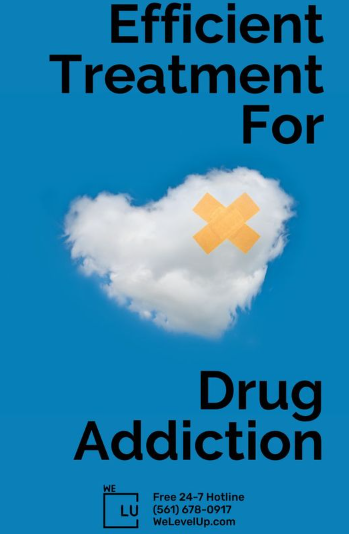
Top 6 “How Long Does LSD Stay In Your System?” FAQs
-
Does LSD show on drug test?
Does LSD show up in drug tests? Yes, drug tests designed to detect LSD and other illegal substances can detect the presence of LSD in the urine, saliva, blood, or hair. However, most 12-panel drug test kits don’t include LSD as one of the target compounds to check for.
-
Do drug tests test for LSD?
As a result, routine drug tests — often urine tests — can’t detect LSD. But blood tests can detect LSD for up to 8 hours, and hair follicle tests for up to 90 days.
-
Does LSD show on a drug test?
Will LSD show up on a drug test? LSD can be detected in a urine test for 2-4 days after the last use, in a blood test for 6-12 hours after the last use, and in a hair test for up to 90 days.
-
Does probation test for LSD?
While LSD can be tested for, most pre-employment and even probation drug tests do not test for LSD. It is still wise to stay away from illegal drugs while on probation. Even though they do not test for it, if you are caught with LSD, you could land in a heap of trouble far greater than you were in before.
-
Does the army test for LSD?
Does the military test for LSD? No, the military does not test for LSD unless they suspect servicemembers being under its influence accompanied by other issues.
-
How do you test for LSD?
The only way to definitively identify LSD is to do laboratory testing of the material. However, there are two primary field tests available. The first is a chemical reagent test called “Ehrlich’s Reagent” which is available online from a variety of sources. It can identify indoles, of which LSD is one.
Search We Level Up NJ “How Long Does LSD Stay In Your System?” Topics & Resources
Experience Transformative Recovery at the We Level Up Treatment Center.
See our authentic success stories. Get inspired. Get the help you deserve.



Start a New Life
Begin with a free call to an addiction & behavioral health treatment advisor. Learn more about our dual-diagnosis programs. The We Level Up treatment center network delivers various recovery programs at each treatment facility. Call to learn more.
- Personalized Care
- Caring Accountable Staff
- World-class Amenities
- Licensed & Accredited
- Renowned w/ 5-Star Reviews
We’ll Call You
Sources:
[1] Drug Fact Sheet: LSD (dea.gov)
[2] Hallucinogens DrugFacts | National Institute on Drug Abuse (NIDA) (nih.gov)
[3] Lysergic Acid Diethylamide (LSD) | NIDA Archives (drugabuse.gov)
[4] Lysergic Acid Diethylamide (LSD) – StatPearls – NCBI Bookshelf (nih.gov)
[8] Protein structure reveals how LSD affects the brain | National Institutes of Health (NIH)
[9] Is LSD toxic? – PubMed (nih.gov)
